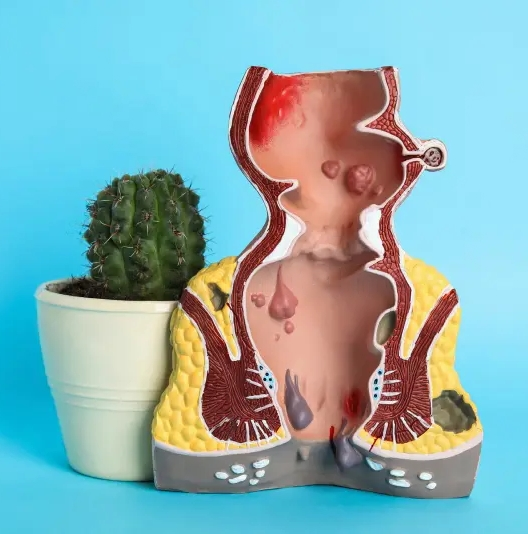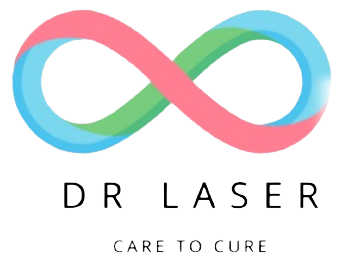
Introduction:
At Pilesfreedome.com, our mission is to empower you with knowledge about piles (hemorrhoids) and their treatment options. To make informed decisions about your piles care, it's essential to understand the anatomy of the anus and rectum. In this article, we'll delve into the intricacies of these structures and how they relate to piles and their treatment.
The Anatomy of the Anus and Rectum:
The anus and rectum are integral parts of the digestive and excretory systems. Understanding their structure is crucial for comprehending the causes and treatment of piles.
1. The Rectum:
The rectum is the final portion of the large intestine or colon. It plays a vital role in storing stool until it's ready to be expelled from the body. The rectum is typically about 6 to 8 inches long and is located just above the anus.
2. The Anus:
The anus is the external opening at the end of the digestive tract through which stool is eliminated from the body. It consists of two muscular sphincters: the inner sphincter (involuntary) and the outer sphincter (voluntary). These sphincters control the passage of stool, ensuring that it is released at an appropriate time.
The Role of the Anus and Rectum in Piles:
Hemorrhoids or piles are swollen and inflamed blood vessels located in the rectum and anus. They can be internal (inside the rectum) or external (under the skin around the anus). Understanding their location is crucial for treatment:
1. Internal Hemorrhoids:
2. External Hemorrhoids:
Treatment Options for Piles:
Effective piles treatment depends on the type, severity, and location of the hemorrhoids:
Conclusion:
Understanding the anatomy of the anus and rectum is fundamental in the context of piles and their treatment. Whether you have internal or external hemorrhoids, knowing their location helps healthcare professionals tailor treatment plans to your specific needs.
At Pilesfreedome.com, we're committed to providing you with comprehensive information on piles and their treatment options. If you're seeking relief from the discomfort of hemorrhoids, consult with our healthcare professionals who specialize in piles care. We're here to guide you on your path to piles freedom, helping you regain your quality of life.


